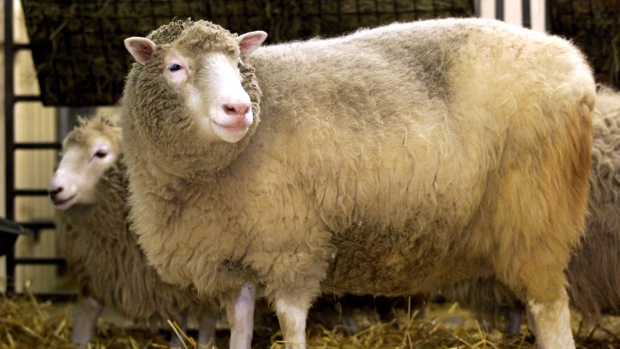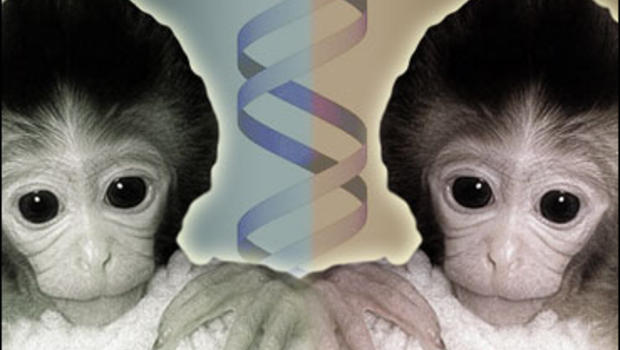21 years after Dolly the sheep made news, the Chinese Academy of Sciences has used the same technique to clone a pair of healthy Macaque monkeys, bringing us much closer to human cloning.
Here’s what you need to know:
- The cloning process involved starting off with a fetus. Cloning from an adult monkey is still in the works after several failures.
- The clones, Zhong Zhong and Hua Hua, are now 7 and 8 weeks old.
- The same technique was used to create Dolly the sheep in 1996.

- After Dolly, several animals were cloned, including dogs, cats, cows and even polo ponies. This is the first successful creation of monkey clones.
- This is very significant because what works for monkeys generally works for humans as well.
- Of course, the team has decided against human cloning as a next step, as most mainstream scientists believe that it is unethical to do so. It is also deemed illegal in the U.S. and faces strong opposition from international scientific groups.
- The current goal is to create more monkey clones to be used in labs. Still unethical, many might say, and PETA has already condemned the act.
- The process involved putting the fetal DNA into the eggs, which formed embryos that were then placed into two female monkeys for the remainder of the gestation period.
- Of 127 eggs used in the experiment, only 79 embryos were formed, and only two babies came of the exercise.
- The successful experiment now poses an ethical dilemma for the human civilization because there is still no concrete evidence of human cloning being useful in any positive way.



